TN #02-210, 21st Ocelot Squadron, Atlantine Desert Wing, Atlantine Air Force

The Cyclone, known affectionately as Haboob (arabic for "dust storm") by the Hokusonian and Milani forces, is the Atlantine Air Force's multirole fighter. It has significant improvements over the Griffin, including a more stable stability code that is less glitchy and is less susceptible to tremors at high speed.
Controls:
AG1 - Air Brake (helpful when landing)
AG7 - drop pylon munitions (except the Interceptors)
Specifications:
Powerplant:
General Electric F110-GE-129, 16,610 lbf dry, 29,000 lbf full
Fuel Capacity:
679 gallons
Significant Speeds
Takeoff speed: 120 knots
Never Exceed Speed: 900 knots IAS
Max landing speed: 170 knots
Min landing speed: 110 knots
Builder's Note:
The plane may be glitchy at some point in supersonic flight. I don't know how it reacts on your rig, but I've done all measures to make it not tumble midair. My enemy when PID tuning this thing is a crappy laptop that lagspikes a lot. Potato rig master race!
Happy Flying!
—Beefy
Specifications
Spotlights
- jamesPLANESii 4.5 years ago
- MAHADI 4.5 years ago
- ACEPILOT109 4.5 years ago
General Characteristics
- Created On Windows
- Wingspan 27.1ft (8.3m)
- Length 41.7ft (12.7m)
- Height 15.6ft (4.8m)
- Empty Weight 24,331lbs (11,036kg)
- Loaded Weight 29,140lbs (13,217kg)
Performance
- Power/Weight Ratio 0.462
- Wing Loading 67.4lbs/ft2 (329.1kg/m2)
- Wing Area 432.4ft2 (40.2m2)
- Drag Points 1158
Parts
- Number of Parts 445
- Control Surfaces 1
- Performance Cost 2,043

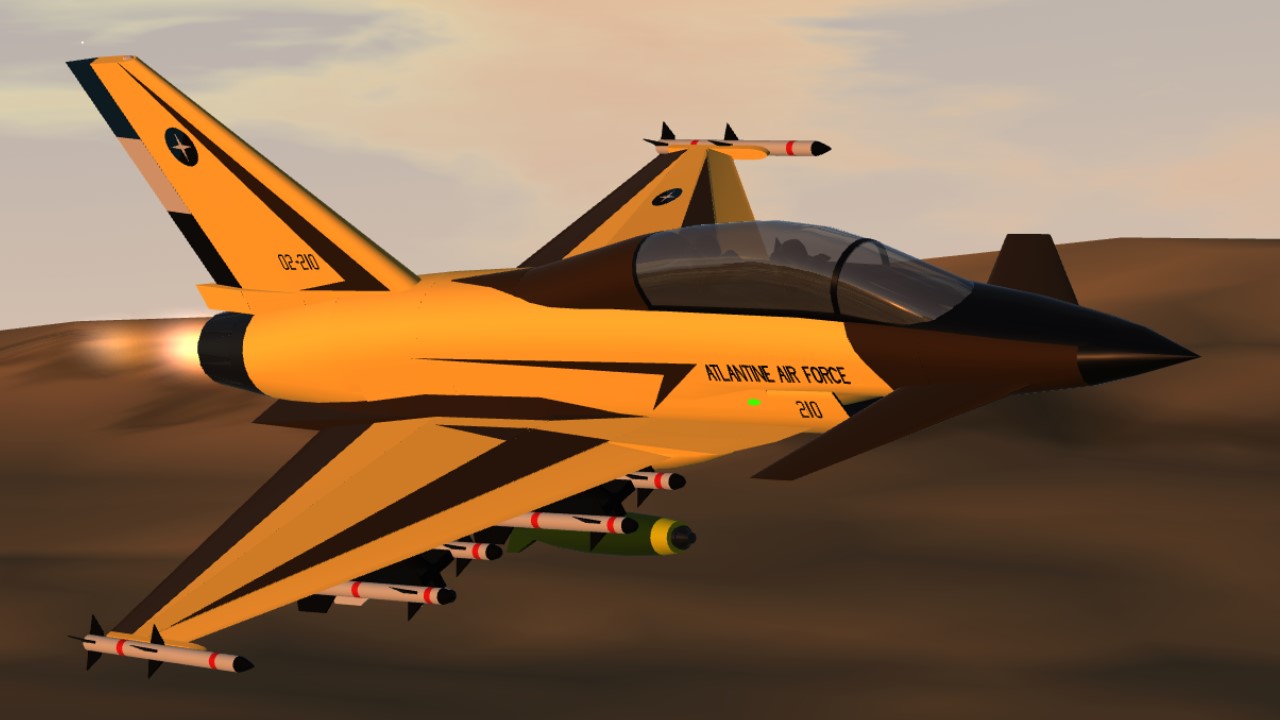
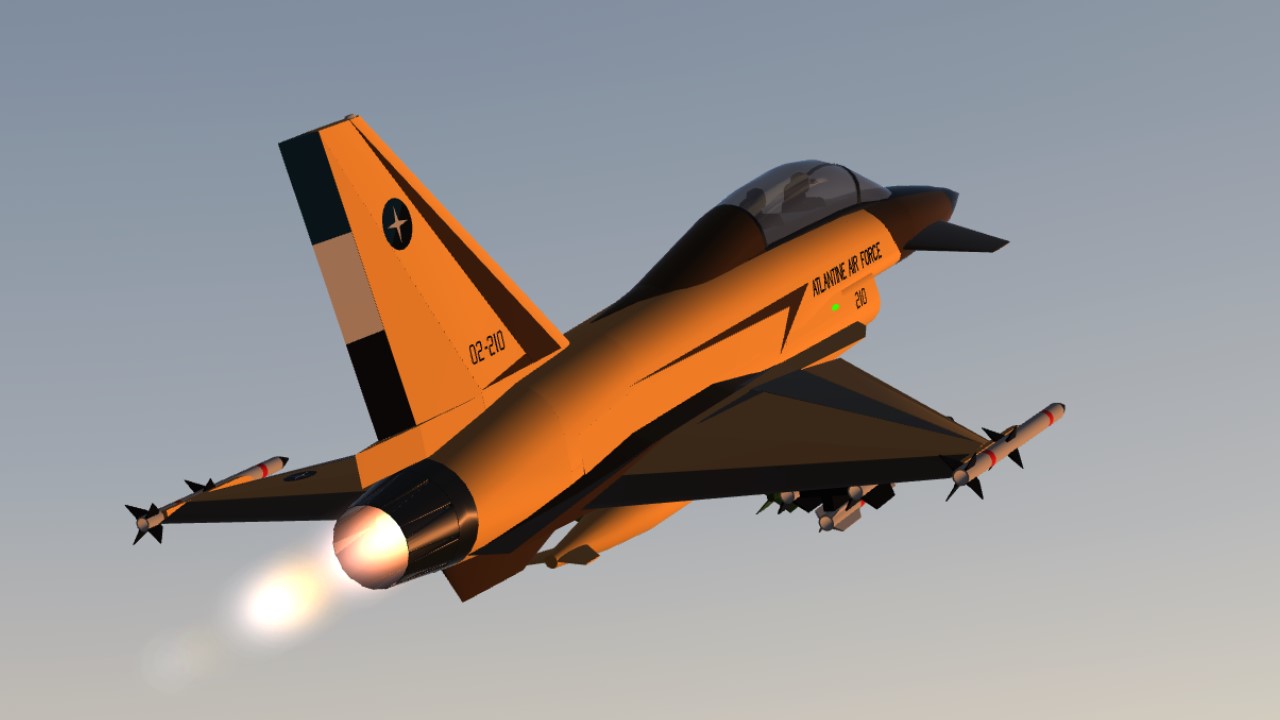

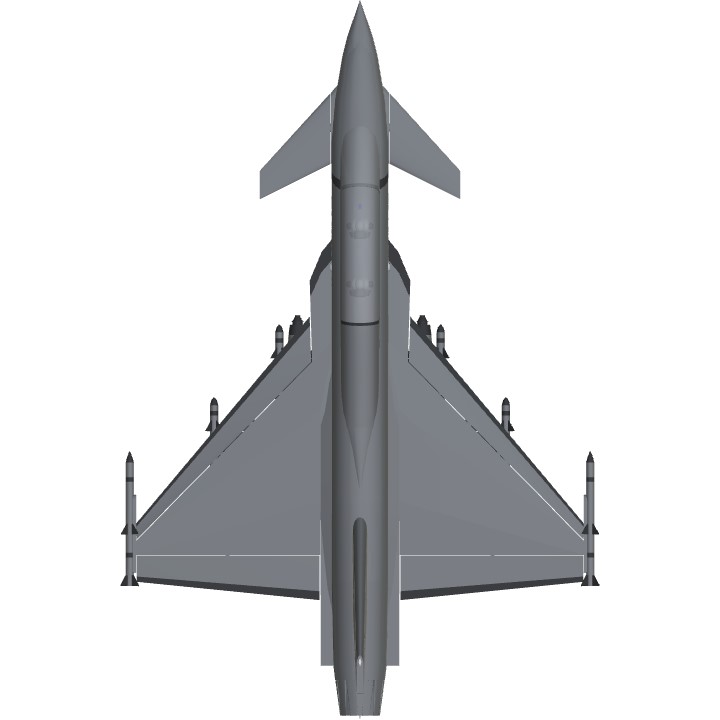
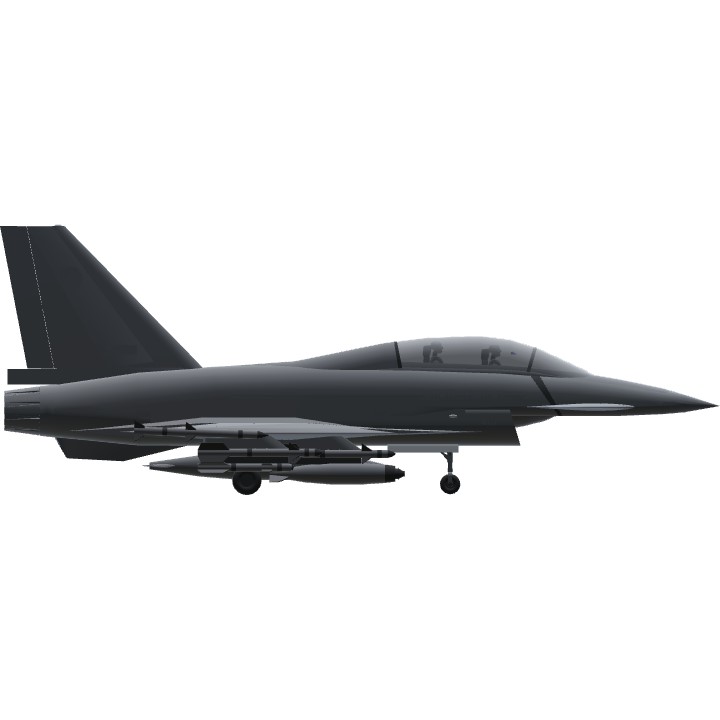
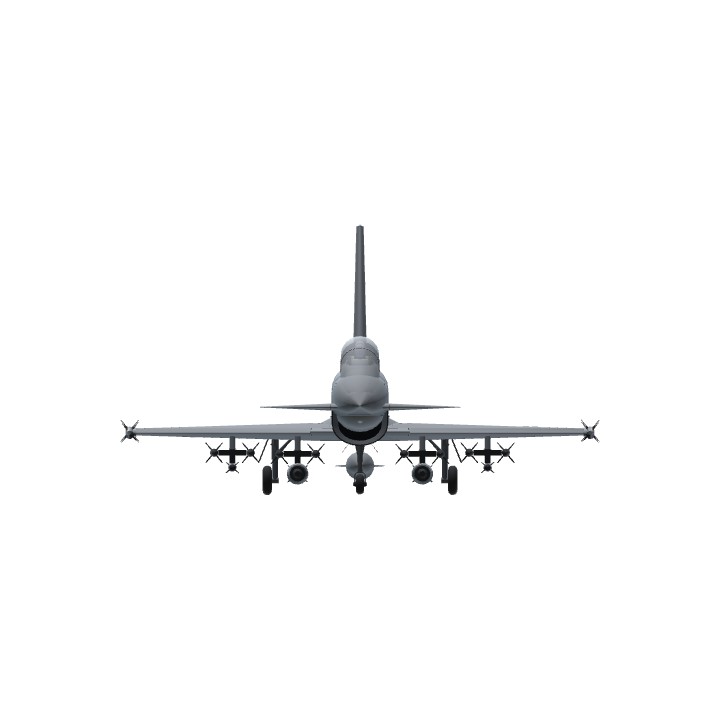
Haboob is now officially my most upvoted aircraft. Thank you guys!
you got updoot 69
epic big brain conversation down in the comments
@NightRaven2233 sure, sorry for the late reply
Nice jet, I really like the realistic engine nozzle mind if I use it on my planes?
lets make that 70
@Neenyboy thank you!
Crazy! What a piece of art. Keep at it bro!
@RC1138Boss i see, it hasn't happened to me yet, it actually veers me away from the mountains
But taking off from Wright it shoves u into the mountains@Beefy
@RC1138Boss yep I tried to fix it, it's probably got something to do with the tractions of each wheel. Then again once it starts yawing you could just pitch up and continue flying. :D
It is very libel to a left yaw on take off but when you counter it you crash. @Beefy
@RC1138Boss always high physics... on a potato pc.
It's sensitive to low framerate devices
What physics was this tested on?
@edensk i am interested in your engine AoA simulator 🤔
@ChiChiWerx
Setting calculateDrag to false or dragScale to 0 on a wing part eliminates both induced drag and parasite drag.
.
For simulating induced drag I convert to Funky Trees the fomula for induced drag, which is
Drag(Newtons) = Drag_coefficient * 0.5 * EAS^2 * wing_area, where EAS is the equivalent of IAS in SimplePlanes and in m/s, and wing area is in m^2. Converted to FT the base code would beDrag_coefficient_code * 0.5 * pow(IAS,2) * Area, where Dragcoefficientcode would be a function of AoA, which can be either simple like a quadratic function or a more complex polynomial (so that it matches a specific real airfoil/wing).This engine would have a very low
maxvalue, to make its fuel consumption practically null, and apowerMultiplieradjusted so that when the input is 1 the output will be 1 newton, as well asIAS>5as its activation group since the AngleOfAttack variable tends to freak out when the speed is near 0.This engine would be attached to a rotator with AoA as input to keep the induced drag force vector where it should be, and it would also have the same activation group code as the engine.
.
This method, while being very complex, especially for people with reduced aerodynamics and funky trees knowledge, allows to recreate induced drag very realistically
.
I personally believe the stall AoA / stall characteristics tradeoff is definitely worth it, as the high angle of attack is a distinctive characteristic of highly swept wings and delta wings (for example, the F2Y Sea Dart would land/take-off at nearly 30 degrees AoA to produce enough lift)
.
Regarding the fuel consumption, though I believe efficiency would be a more appropriate word, you are correct, with drag enabled the symmetric airfoil is by far the most efficient at higher speeds due its low parasite drag. However, by disabling drag the wings parts will no longer create any kind of drag so the plane's fuel efficiency will be higher with flat bottom (more lift, less thrust/speed needed to fly).
.
While you're mostly right about pilots not often using the entire AoA capacity of their aircraft, as energy retention is an important aspect of air to air combat, it is certainly useful, since, as you have seen in the image I linked above, the high AoA is necessary to generate as much lift as a straight wing.
.
I'd
@edensk interesting…so does using “dragScale=0” negate induced drag which increases with increased AoA? If so, what’s your preferred method to increase drag in game during increased AoA (I.e., pulling G, slow flight)? Another potential issue would be the “stall break” associated with the curved airfoil, which is characterized by the sharp nose drop, vice a symmetric airfoil’s tendency to develop a high AoA, high rate sink. It would also be interesting to measure fuel consumption comparing the stock symmetric airfoil, the stock curved airfoil and your modified curved airfoil. I’ve compared the first two and the fuel efficiency is 30-40% better with the symmetric airfoil at high speeds. Obviously have not tried yours for comparison purposes. So, yes, sure, the stock symmetrical airfoil’s 13 degree critical AoA is less than what modern FBW fighters demonstrate, but consider much of that lift is generated by the fuse itself (hardly ever modeled in game), those canards which move to maintain lift (remaining below critical AoA) and >1:1 T:W ratio, all mixed together in the flight control computer. I wonder if someone might write a more advanced FT formula to allow for post-stall maneuvering. So, not sure I’m convinced yet that the >13 degree through 27.5 degree AoA ability is worth the trade offs with fuel consumption and flying qualities…besides, the only time those jets really exploit those capabilities IRL are during the demo and if in trouble when getting really slow in the knife fight. Don’t think many SP players go into those regimes, but I may be wrong. I certainly would, if the build was capable of it. Not convinced yet, but I’m willing to consider alternative approaches.
Very nice.
I see two haboobs
@ChiChiWerx I personally prefer to get rid of the drag of the stock wings and simulate it with an engine on a rotator. This allows for much easier induced drag modelling without affecting the parasite drag of the wing part
Furthermore, the symmetric airfoil stalls at 13.5 degrees (compared to the 27.5 of the flat bottom), which is too low in comparison with the stall angle of most delta wing jets with canards (30° - 50° range)
@edensk or just use a symmetric airfoil and dispense with the induced drag at zero angle of attack, which is a characteristic of the flat-bottomed Cessna light plane airfoil design.
Excellent flight model (very good airfoil choices, next time try angling the flat bottom wings ~1.4 degrees down to achieve a symmetrical-ish behaviour).
The FBW is a bit rough but it usually gets its job done. I also like the overall aesthetic design a lot, great build!
Gof boba
HA-BOING, BOYS!
Noice